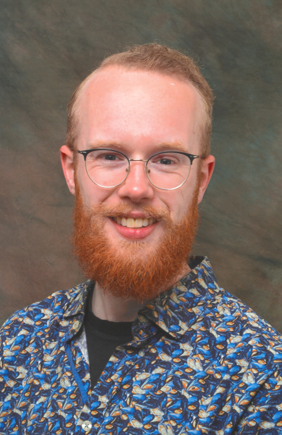Furfural: Enhancing production via boronate esters
As a way of
Peter van der Wal is a PhD student in the department Sustainable Process Technology. (Co)Promotors are prof.dr. S.R.A. Kersten; dr. M.P. Ruiz Ramiro and prof.dr. J. Lange from the faculty Science & Technology, University of Twente.
 As a way of combatting climate change, biomass can be used as an alternative to fossil resources. A promising route is through the platform chemical furfural, a molecule that can not only be easily created from biomass (i.e. the C5-sugars that make up most of the hemicellulose, predominantly xylose) but can also be transformed into a wide array of other molecules. Current processes for producing furfural have a molecular selectivity of 50 % from sugar to furfural and a large energy requirement, which needs to be addressed before furfural can be used as a keystone in the energy transition.
As a way of combatting climate change, biomass can be used as an alternative to fossil resources. A promising route is through the platform chemical furfural, a molecule that can not only be easily created from biomass (i.e. the C5-sugars that make up most of the hemicellulose, predominantly xylose) but can also be transformed into a wide array of other molecules. Current processes for producing furfural have a molecular selectivity of 50 % from sugar to furfural and a large energy requirement, which needs to be addressed before furfural can be used as a keystone in the energy transition.
One of the ways to improve the furfural yield is via the boronate route. In this route, xylose first reacts with a boronic acid to produce a boronate ester. As the sugar is hydrophilic but the ester hydrophobic, this allows for the sugar to be extracted from a (dilute) aqueous stream. The second step of the process is hydrolyzing the ester back to xylose and subsequently dehydrating it in an acidic aqueous medium to form furfural. As the equilibrium for both sugar/ester and furfural is towards the organic phase, their concentration in the aqueous phase is low. This suppresses the amount of byproduct formed, improving the yield of furfural.
In this thesis, the viability of the boronate route is researched. By both performing the first and second step of the process in practice and modelling it, a final design of a 50 ktpa furfural plant can be made, allowing for the determination of the (economic) viability of the process. Various aspects of the process are investigated, such as the choice of chemicals and reaction conditions in both steps of the process. Most data is obtained with a model solution of pure xylose in water, but some experiments are replicated with acid hydrolysate of sugarcane bagasse, validating that the process will deliver similar results when actual biomass is used.





